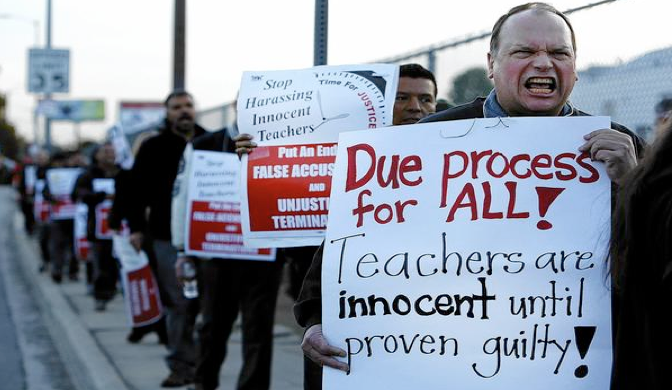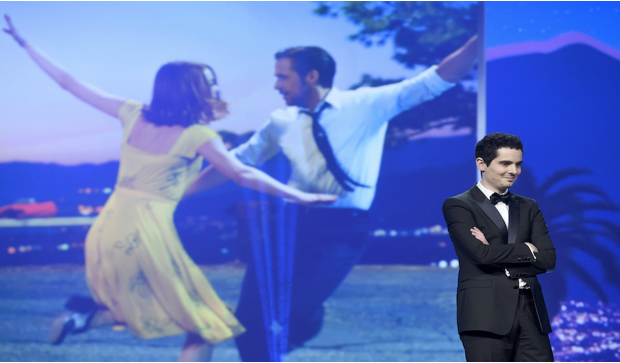CORRUPTION WATCH-Poor Steven Mnuchin. People do not see the fiscal nightmare facing the Secretary of the Treasury designate, Los Angeles’ own Steven Mnuchin. The nation lived through the Crash of 2008 and well into 2009 with little Timmy Geithner. Now, in 2017, few people realize that the current upswing in the business cycle -- with the Dow-Jones approaching 20,000 -- signals an incipient financial crash.
Poor Steven Mnuchin. Trump labors under the notion that the “latest, best and greatest” economic theory is Mercantilism, which is actually from 1550. He thinks forcing manufacturing to be done within the U.S. and raising tariffs will improve our economy. But Trump’s protectionist policies cannot cure unemployment. (General Theory, Ch 23 ¶ 3) And introducing inflation into the new car market will not help the middle or lower classes. To the extent that Trump increases the cost of new cars by insisting they be manufactured here, he will retard the car manufacturing economy. We assume that Mnuchin knows this and should know how to head off these problems caused by Mercantilism.
Poor Steven Mnuchin. Due to the gross economic incompetence of the Obama Administration, he will have to re-wind history and first undertake measures that Obama-Geithner failed to take, such as:
1) Replace Dodd-Frank with a beefed up reinstatement of the 1933 Glass-Steagall Act. “Beefed up” means closing the loopholes that the GOP courts had cut into Glass-Steagall.
2) Outlaw Credit Default Swaps (CDSs) which are weapons of mass economic destruction. CDSs are criminal evasions of insurance laws.
3) Insure all residential mortgages and require all LLCs and LLPs that own residential real estate to disclose their real party in interest. This form of mortgage insurance is based on the income of the actual human beings who are liable for the mortgages, and thus, their identities have to be known. The side benefit of such disclosure is that it kicks the money laundering of drug kingpins and foreign oligarchs out of the residential real estate market. The government has a duty to make certain that the value of residential real estate is based on its value as living space and not on other illicit motives.
4) Reinstate the portions of the 1936 Commodities Exchange Act which limited the participation of Wall Street speculators like Mnuchin’s Goldman Sachs from the commodities market. The purpose of investment houses is to find investment capital for businesses and not to make money in commodities where it has no underlying stake in that commodity.
5) Stop the Corruptionism in the housing industry which is leading to the Federalization of Local Debt.
Los Angeles Corruptionism and the Federalization of Local Debt
Poor Steven Mnuchin: While the Secretary designate no doubt knows about this looming disaster, no one in Congress has a clue. As a result, during his confirmation hearing set for Thursday January 19, 2017, he will not be grilled about this on-going problem which has led to horrendous inflation in the housing market. How can he ward off what no one else knows is coming?
What Is the Federalization of Local Debt?
Corrupt local governments like the LA City Council and our Mayor Eric Garcetti are seizing control of the “stimulus” mechanism of Keynesian economics. Allowing a local government to rack up so much debt that it can never pay its bills is like giving a nursery school toddler a bunch of matches and a can of gasoline, and then asking, “Gee what went wrong?” Yet, this is exactly what the Obama Administration has done nationwide.
Unless the Trump Administration takes the matches and gasoline away from Eric Garcetti and the mayors of other major American cities, these cities will pile up so much debt trying to stimulate their local economies that the federal government will have no choice but to provide massive municipal bailouts. The Trump Administration will then lose control of the national economy.
No Administration Can Allow Local Governments to Abuse the Keynesian Stimulus Protocol
Poor Steven Mnuchin: His own home city of Los Angeles is intentionally running its debt up so high that it cannot possibly pay it, ensuring that the federal government will have no choice but to bail us out. The Villaraigosa and Garcetti Administrations have brought economic disaster on LA. Their plan to stimulate the local economy was and is based on a fool’s understanding of Keynesian stimulus, that just spending billions will do the trick. And the Garcetti Administration apparently believes it can escape bankruptcy because LA is “too big to fail.”
How Corruptionism at LA City Hall Is Destroying Our Economy
The City of Los Angeles has already destroyed the proper relationship between the marginal efficiency of capital (MEC) and interest rates for the housing market. Because the housing market is so large, its fall-out has harmed the entire LA economy, prompting the middle class to abandon the City.
From a macro-economics point of view, the government, when making investments in private projects, has to assess factors that businessmen may ignore. When investing in a private project like Hollywood-Highland or the Grand Avenue Project, LA must take into account other costs which will be required of it if the Project is built -- basically the cost of additional infrastructure. Explicitly, a city needs to consider not only the interest it has to pay on loans to the Project but also the cost of infrastructure that will service the project in order to calculate the profit the City must receive from that project. (Since the City does not operate on a Cash Basis, it has to pay interest on all funds given or loaned to a private project.)
For a city, the amount of its incremental tax revenue on a project is its profit. Thus, the City which invests in a real estate project like the CIM Midtown Project in City Council President Wesson’s CD 10 has to make sure the additional taxes flowing into the public treasury from the City’s investment will exceed not only the interest rate the City pays for money it borrows to “lend” to CIM Group, but that the project’s tax revenue will more than pay for all the necessary infrastructure upgrades including roads, water, power, police, fire and paramedics. (One also has to consider “retroactive gifts” where the City co-signs for a developer’s loan on which the developer will then default.)
Unless a City can guarantee its investment in a project will generate more in taxes than the interest rate and more than the costs of infrastructure, the investment will have a negative Profit. (Donald Trump would certainly tweet out “Loser.”) Because of the vast corruption in the Los Angeles City Council, the city usually gives sales taxes and often gives the incremental property taxes to developers. When their LLCs or LLPs go bankrupt, the loans made by or guaranteed by the City are repaid to Wall Street from the City coffers. This is how Los Angeles is building its way into bankruptcy.
How De Facto Negative Interest Rates in the Housing Market Harm the Entire Economy
Projects with a de facto negative interest rate attract private investment capital to bad projects. This misdirection of private capital then harms the rest of the economy by depriving more productive ventures of the capital they need.
Un-repaid Loans Increase the City’s Losses
The harm of a de facto negative rate of interest is magnified when the City does not require repayment of the loaned funds. Such a situation is fraught with corruption as the developer will then be induced to “over pay” for product and pocket the difference between the “book price” it alleges it is paying for goods such as steel and the lower actual price. A lender that demands repayment will scrutinize suspect purchases, but when the City forgives loans or pays off Wall Street loans for a developer, no one asks any questions.
One variant of this type of this skimming is developer’s purchasing lower quality steel for projects while the books show the purchase of a higher quality. When the steel is manufactured far away from the construction site, let’s say Chinese steel is purchased for high rises in earthquake prone downtown Los Angeles, there is no way to ensure quality control.
As an aside, the Mercantilist contingent of the Trump Administration should be concerned when the Chinese government, acting through CORE, invests $200 million in the Grand Avenue Project; the City is obligated, behind the scenes, to purchase Chinese steel. As a result, American steel producers are closed out and the money ends up back in the pockets of the Chinese government. Economically speaking it is similar to Los Angeles’ building its new skyscrapers in Beijing.
CRAs and EIFDs Guarantee the City will Slide to Bankruptcy
When the City uses entities like the now-defunct Community Redevelopment Agency or a misleadingly named Enhanced Infrastructure Financing District (EIFD), all the profits (incremental taxes) go to them, reducing the City’s profit to zero. Zero rate of return for the City is a huge gift to the developer since the CRA or EIFD then give the City’s profit back to the developers. Even if a project is a terrible failure by traditional measures, it will pay some taxes (the city’s profit) but all that money comes back to the developers.
Because even financially disastrous projects can make money for the developer, money flows towards these projects. It is similar to Wall Street executives’ manufacturing defective bundles of mortgages and then buying credit default swaps [CDSs] on them. Although the investment vehicle will crash, the executives will realize huge personal paydays. When they repeat this corrupt scam a sufficient number of times, the firms issuing the CDSs go bankrupt or the government pays trillions of dollars to bail them out. Likewise, a city that has CRAs or EIFDs and invests in foolish projects like Hollywood-Highland or Grand Avenue, will run out of cash to pay its debts.
The Keynesian Duty to Protect the Price Structure or Why Los Angeles Has Run-away Inflation in its Housing Market
Adam Smith, Friedrich Hayek and John Maynard Keynes accepted as axiomatic the need for the government to protect the Price System. In the housing market, the cost of homes has to represent their value as living space. Residences cannot continue to be vehicles for financial speculation and corruptionism, as has occurred in Los Angeles.
After Governor Schwarzenegger vetoed AB 2531 in 2010, which was Garcetti’s attempt to bring Kelo eminent domain to the entire city of Los Angeles, and after Governor Brown staved off bankruptcy by abolishing the corrupt Community Redevelopment Agencies in 2012, the City of Los Angeles under the leadership of then-City Council President and now Mayor Eric Garcetti went hog wild into Spot Zoning. Despite the warning by Planning Director Gail Goldberg in 2006 not to let developers dictate the zoning they wanted for their projects, Garcetti’s policy has been to up-zone any property the developers want, subject apparently to a hefty contribution to his Mayor’s Fund. Developer Leung paid $60,000; developer Caruso paid $125,000.
From the macro-economic perspective, the extortion-bribery aspect of the Los Angeles housing market fuels the destruction of the Price System for housing based upon the its value as living space. The value of housing now reflects its speculative value. By allowing any property to be up-zoned upon the payment of the appropriate sums of money to the mayor and city council, the middle class has been priced out of the single family housing market and they are moving away from Los Angeles.
This irreversible brain drain of the Gen Xers and Family Millennials impacts all other segments of the Los Angeles economy. People “osmosisize” themselves away from areas of high cost and low opportunity toward areas of low cost and high opportunity.
This dynamic explains why developers are lining up to build in Los Angeles, while the real demand for housing is declining. With a de facto negative rate of interest where developers make money even if a project is a financial failure, building mega office towers and hotels based on this type of corruption makes them fantastically wealthy. (The demand for housing for Los Angeles’ poor is up because Garcetti has been destroying rent-controlled properties in order to manufacture additional homelessness so the public will approve billion dollar bonds for his developer friends.)
Poor Steven Mnuchin: The State of California and the City of Los Angeles have already reached the insolvency point. Last week Governor Brown announced a $1.6 billion deficit and the City of Los Angeles lacks the funds to pay all the judgments from its liability lawsuits. Within a short period of time, Mnuchin will be forced to bail out the City of Los Angeles. When Federalization of Local Debt rescues Los Angeles, how can the Trump Administration deny it to NYC, Chicago or Cincinnati?
(Richard Lee Abrams is a Los Angeles attorney. He can be reached at: [email protected]. Abrams views are his own and do not necessarily reflect the views of CityWatch.) Edited for CityWatch by Linda Abrams.



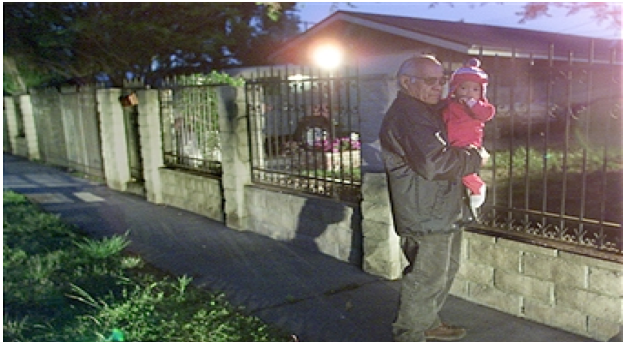
 That conclusion is important for Latino residents in Los Angeles. For Latinos one of the most, if not the most important issue facing the city of Los Angeles right now is housing and development. Latinos in particular need to pay close attention to this problem since they can be directly affected by what voters decide in regards to measure “S” and other measures.
That conclusion is important for Latino residents in Los Angeles. For Latinos one of the most, if not the most important issue facing the city of Los Angeles right now is housing and development. Latinos in particular need to pay close attention to this problem since they can be directly affected by what voters decide in regards to measure “S” and other measures. 
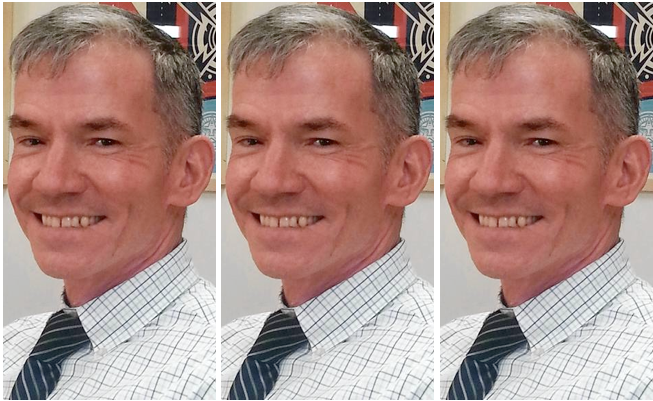
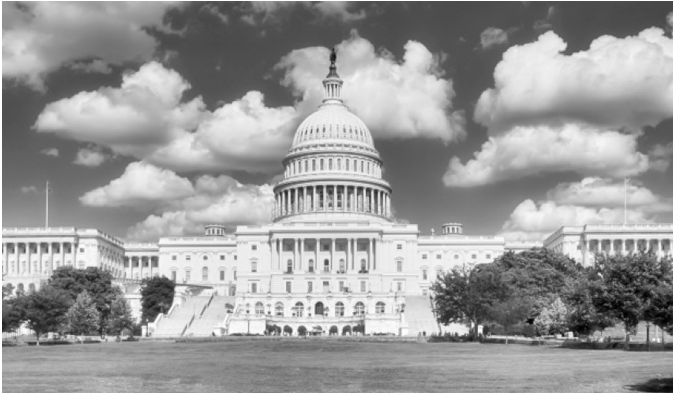
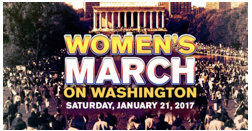 Many of those who are ditching Friday's festivities have
Many of those who are ditching Friday's festivities have 
 Three formal complaints have been filed detailing that at the January 14 ‘Gil Cedillo for City Council’ campaign event held at 1139 W. 6th Street, Council Office staff members Fredy Ceja and Conrado Terrazas both wore Team Cedillo windbreaker jackets, prominently displaying the official City Seal of the City of Los Angeles.
Three formal complaints have been filed detailing that at the January 14 ‘Gil Cedillo for City Council’ campaign event held at 1139 W. 6th Street, Council Office staff members Fredy Ceja and Conrado Terrazas both wore Team Cedillo windbreaker jackets, prominently displaying the official City Seal of the City of Los Angeles. 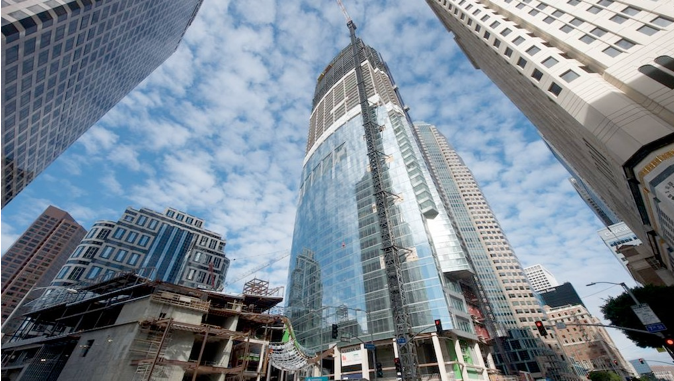




 Then it happened. In the early hours of a recent Saturday morning there was a shoot out that left 4 people dead and 12 injured. One of the men killed, Robert Davis, also known as Rodigan, was a reputed Jamaican gang leader from Kingston. Two Jamaican men Mowayne McKay, 33 and Diego Reid 25 were booked shortly after and released when prosecutors realized they needed more evidence to file charges. Their attention soon turned to a Jamaican national named Marlon Jones who was immediately put on the FBI's Most Wanted list, the 510th person since the list's creation in 1950. On Dec. 3rd it was reported that they had taken a man into custody believed to be the suspect.
Then it happened. In the early hours of a recent Saturday morning there was a shoot out that left 4 people dead and 12 injured. One of the men killed, Robert Davis, also known as Rodigan, was a reputed Jamaican gang leader from Kingston. Two Jamaican men Mowayne McKay, 33 and Diego Reid 25 were booked shortly after and released when prosecutors realized they needed more evidence to file charges. Their attention soon turned to a Jamaican national named Marlon Jones who was immediately put on the FBI's Most Wanted list, the 510th person since the list's creation in 1950. On Dec. 3rd it was reported that they had taken a man into custody believed to be the suspect. 
